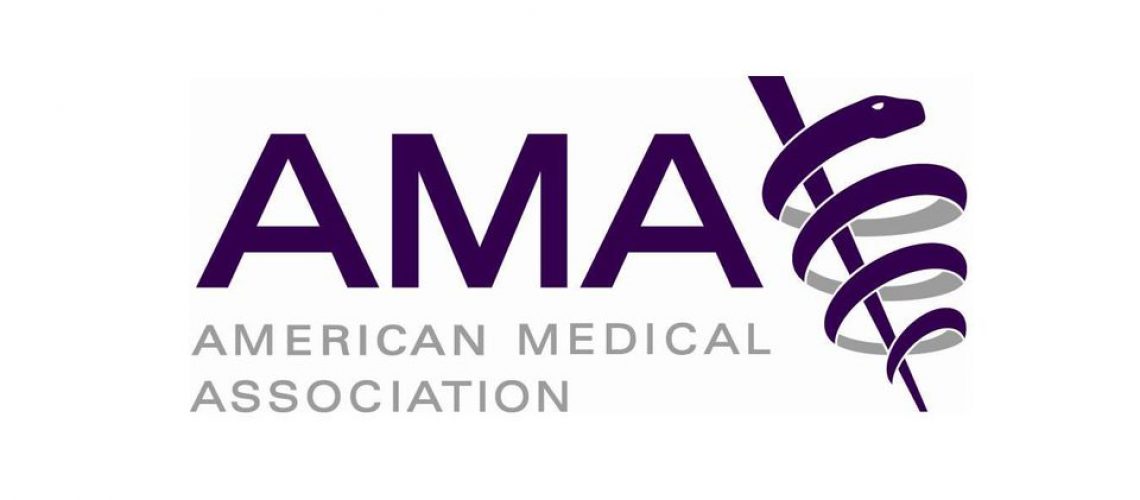Refinements continue for the evaluation and management (E/M) office-visit and outpatient documentation and coding reforms that took effect this year, and these include technical corrections updates to the Current Procedural Terminology (CPT®) code set published by the AMA that add clarity and answer lingering questions.
The landmark E/M changes were developed by the AMA and adopted by the Centers for Medicare & Medicaid Services. Many physicians have reported having a lighter administrative burden and the CPT Editorial Panel issued the technical corrections in an effort to the make the changes easier to implement.
Looking to simplify E/M documentation and ease administrative burdens, the AMA assembled a joint work group in 2018 that represented the CPT Editorial Panel and the AMA/Specialty Society RVS Update Committee (RUC). The workgroup was led by Barbara Levy, MD, a former RUC chair, and Peter Hollmann, MD, former chair of the CPT Editorial Panel.
Drs. Levy and Hollmann participated in a recent AMA webinar explaining why the technical corrections were made and the questions they are designed to answer.
Simple message
“If you remember nothing else, remember the word ‘simplify,’” Dr. Hollmann, a geriatrician and chief medical officer of the Brown Medicine faculty medical group, said in the webinar.
He explained that simplification was the work group’s guiding principle, and its focus was on making “coding and documentation requirements easier to work with than they had previously been, and … to make sure we were capturing the right clinical information, but not making the documentation burdensome.”
Dr. Levy, a clinical professor of obstetrics and gynecology at the George Washington University School of Medicine & Health Sciences, noted the hours the work group put in and the extensive feedback it received during group calls that had some 300 people on the line.
“We really thought we had it all figured out, but what we thought was crystal clear turns out to be not so clear to other people,” she said. “The basis of these technical corrections is that we were listening to all of you as you were telling us that some things were not as clear as they could have been.”
A key to the office-visit E/M reforms was giving physicians a choice in whether their documentation is based on medical decision-making (MDM) or total time. This better recognized the work involved in non-face-to-face services such as care coordination. MDM criteria were also modified to move away from adding up tasks and toward focusing on managing a patient’s condition.
Dr. Levy noted, however, that an unintended consequence was developing for some practices that had apparently substituted a new E/M checklist for an old one.
“This was not our goal,” she said. “Our goal was not to remove a set of bullets for physical examination and history and add in a set of bullets for medical decision-making.”
——————————————————
Originally Published On: American Medical Association
Photo courtesy of: American Medical Association
Follow Medical Coding Pro on Twitter: www.Twitter.com/CodingPro1
Like Us On Facebook: www.Facebook.com/MedicalCodingPro







